Vaux’s Swift monitoring hits its tenth year
By Michael Helm
This fall, for the 10th consecutive year, Golden Gate Bird Alliance members monitored the number of migrating Vaux’s Swifts spending the night in the chimneys of McNear Brick & Block brickyard in San Rafael.
Vaux’s Swifts are West Coast birds with a long migration: Some travel as far as 4,000 miles from the Alaska panhandle to Panama. Like swallows, they catch insects on the fly with fast, graceful swoops. Unlike swallows, they can’t perch. They sleep by clinging to rough vertical surfaces, using their tail as a kickstand. They roost communally, with thousands of swifts—sometimes even tens of thousands—cramming together for warmth and safety inside hollow trees and old brick chimneys.

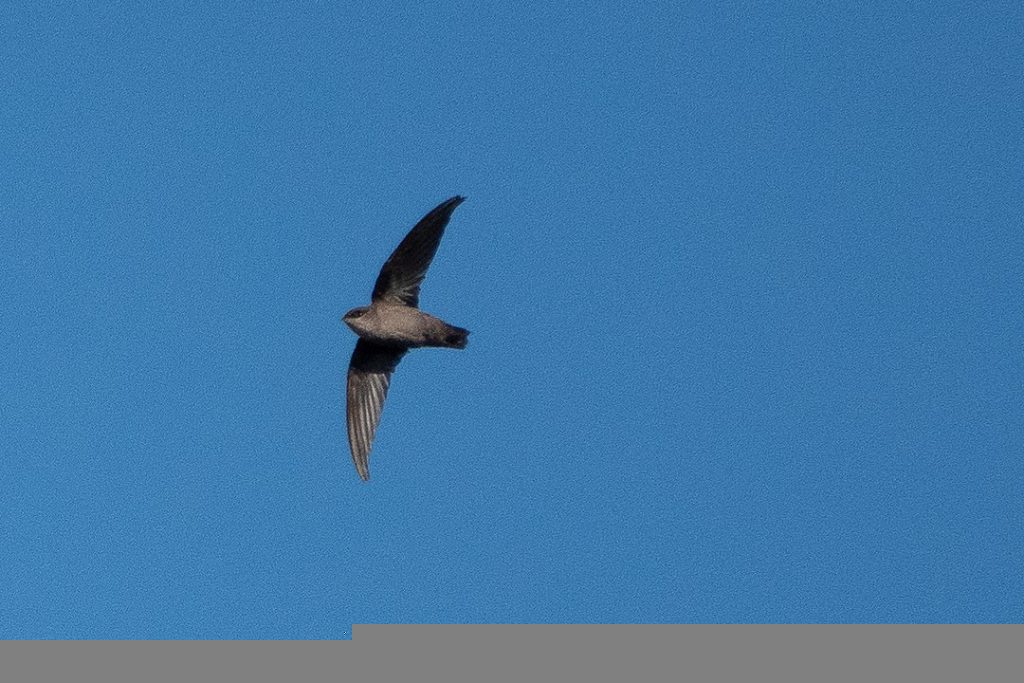
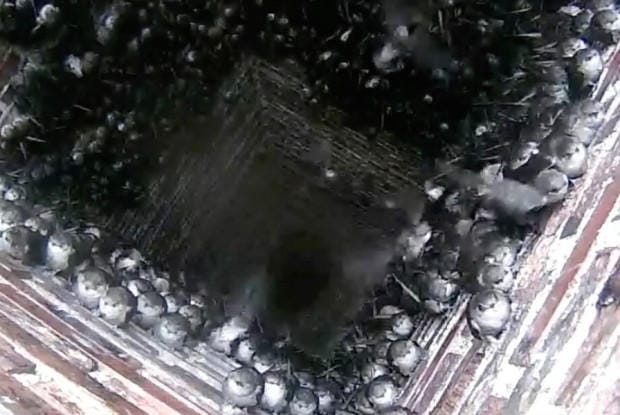
Birders in Washington state began documenting Vaux’s Swift roosts there in the early 2000s, in part to preserve the old chimneys needed by the birds. But the swifts’ other migratory stopping points remained a mystery.
Then, in 2010, Golden Gate Bird Alliance birding instructor Rusty Scalf discovered a major Vaux’s Swift roost in the Bay Area—the chimneys of McNear Brick & Block in San Rafael.
While the plant workers and the McNear family were well aware of some kind of occupation of the long-decommissioned chimneys, it wasn’t until Rusty stumbled on the site that the “occupiers” were identified as Vaux’s swifts (and not some kind of confused bat).
Since then, GGBA members have shown up assiduously just before sunset for two months each fall to count the swifts, in coordination with Larry Schwitters’ “Vaux’s Happening” regional observation project. It takes concentration, a good scope, and a quick hand on a clicker for counting: The sky around the chimneys can shift from open blue to a black swarm of diving and circling swifts at a moment’s notice.
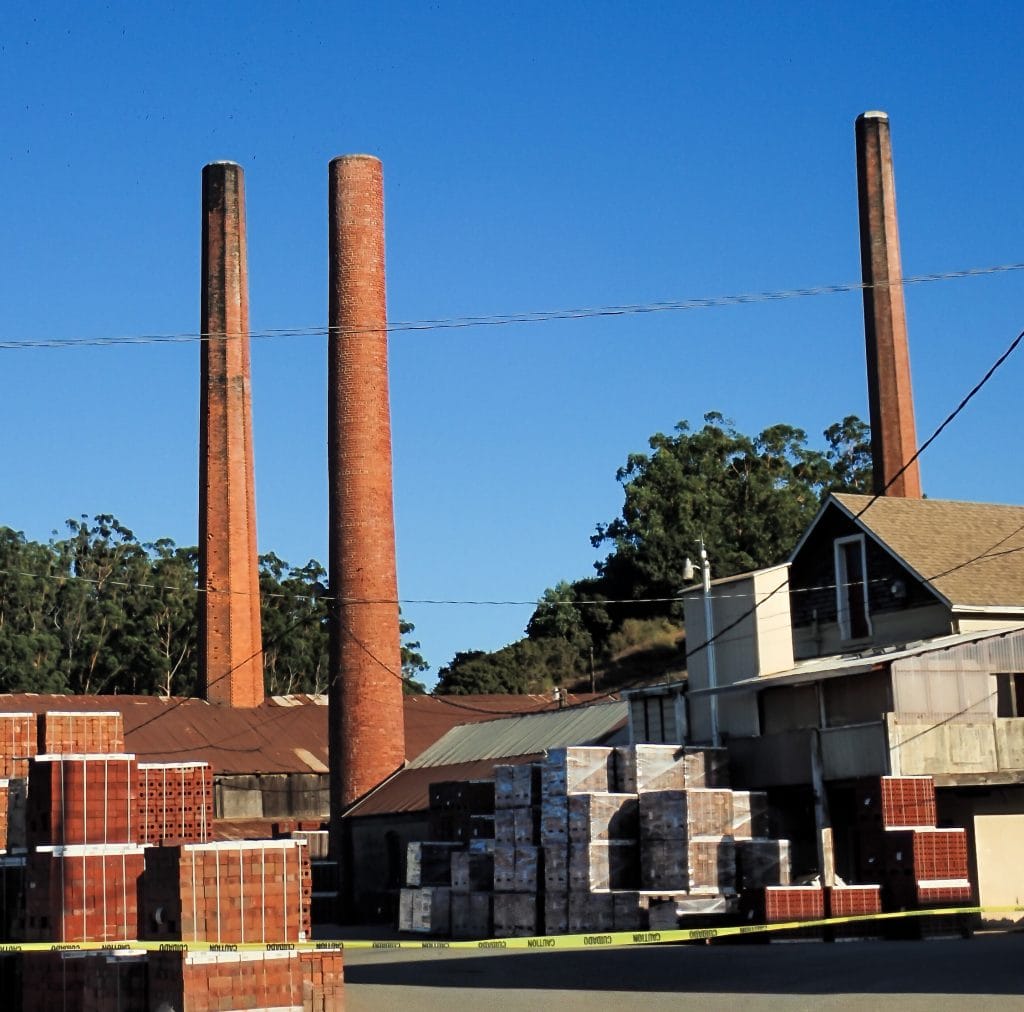
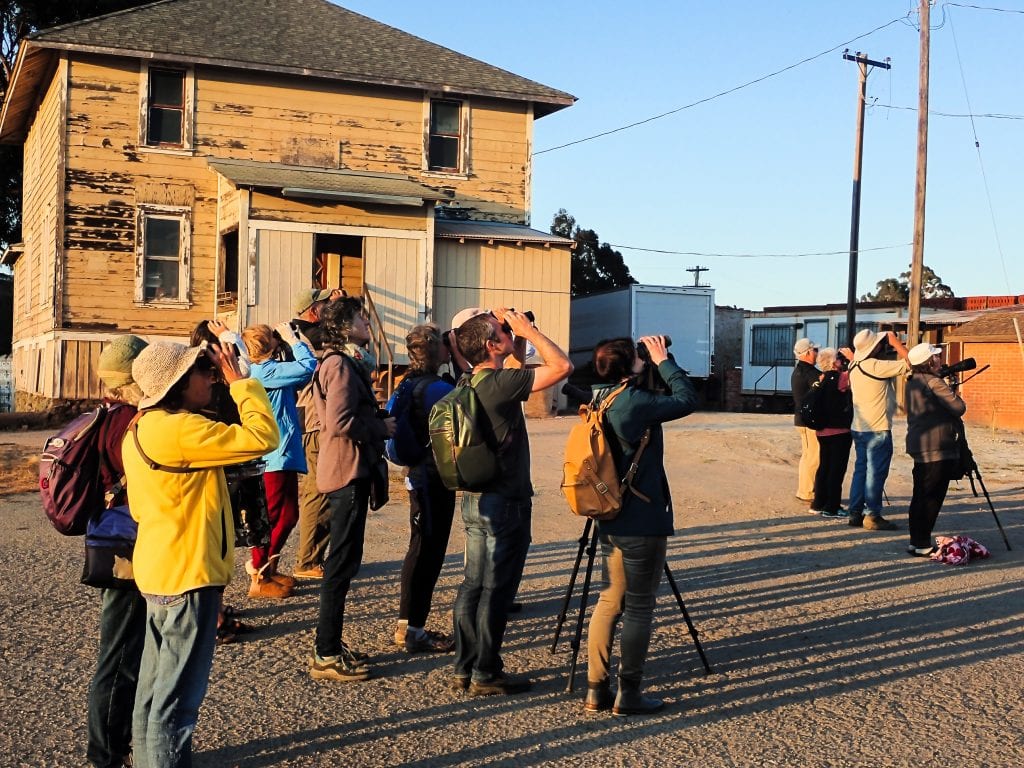
The southbound migration typically runs from around August 15 to mid-October. This year’s Vaux’s Swift count season closed on October 23, when sunset came and went with no swifts.
GGBA and Marin Audubon led one public field trip apiece in mid-September, at the height of the migration, courtesy of McNear Brick and Block and its proprietor, Dan McNear.
Dan stayed on site and mingled with the GGBA group, telling us about the history and technology of the brickyard, the chimneys, and his family connection with it. The family business dates back to the late 19th century, and the three chimneys were built between 1902 and 1904, predating the San Francisco earthquake. We are immensely grateful to Dan and the McNear staff for how supportive they’ve been of our monitoring efforts over the past decade.
Rusty Scalf led the GGBA tour and explained the life history of the Vaux’s Swift, the observation project, and our role in it. Maureen Lahiff led the counting, along with Juan Garcia and Brenda Helm, and Maureen led some of the explanation with our field trip group, as did I. Jane Medley from Marin Audubon was also present, scoping out the site for her tour the next night, which was also interpreted by Rusty, and she also helped with explanations and introductions for our tour group.
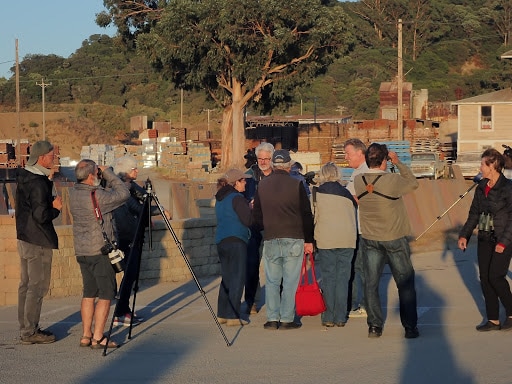
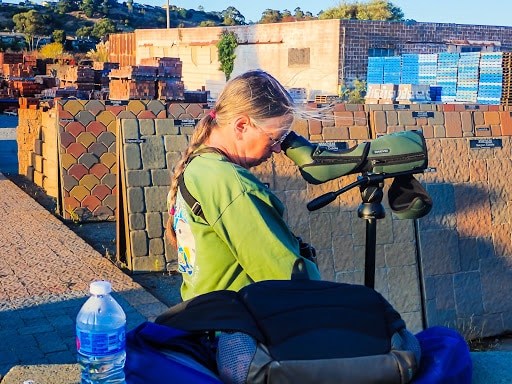
This year’s and last year’s migrations represented the two extremes that we have observed so far. In 2018, we had several peak nights where over 40,000 birds were seen to use the chimneys! This year, we never had a night over 10,000—our high count was 8,947—and we averaged just 2,835 a night. It’s unclear what is driving this difference: We need to continue to collect data and look more broadly at what’s happening with this species.
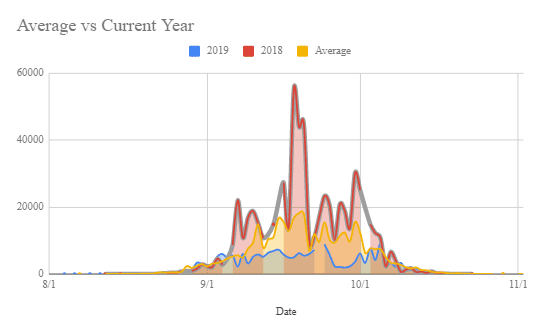

Another large Bay Area site was discovered on the nearby Sonoma coast in 2016. It’s likely there are more migration roosts nearby to be discovered: Keep your eyes open! While McNear’s is a migration roost, the Bay Area includes the southern edge of the Vaux’s Swift breeding range. There are known breeding sites in Sonoma, San Mateo, and Santa Clara counties, so it could be that Marin may also have some. Perhaps there are even breeding or migration sites in our GGBA territory of San Francisco, Alameda, and Contra Costa counties.
The swifts’ spring migration typically runs from April 15 through May 15, but it seems to be much smaller and more erratic. The reasons for this are unknown. We usually see a build-up and a tail-off before and after those dates, and we’ve been trying to catch these first-of-season/last-of-season dates.
Our history with the Vaux’s Swift migration is still new. We’re looking for more observer volunteers, as well as ideas for more sustainable ways to take data and support migration observations. Want to help out as an observer in 2020? Email me (Michael Helm) at Cecinit2007@gmail.com.
Many thanks to our 2019 volunteer observers! And very special thanks to Dan McNear for sharing the brickyard’s history with us, and for his continued support of the migration monitoring over the past decade. We remind you not to visit the McNear property unless invited as part of an organized Audubon group; we need to be good partners and respect that the brickyard is a functioning private business.

